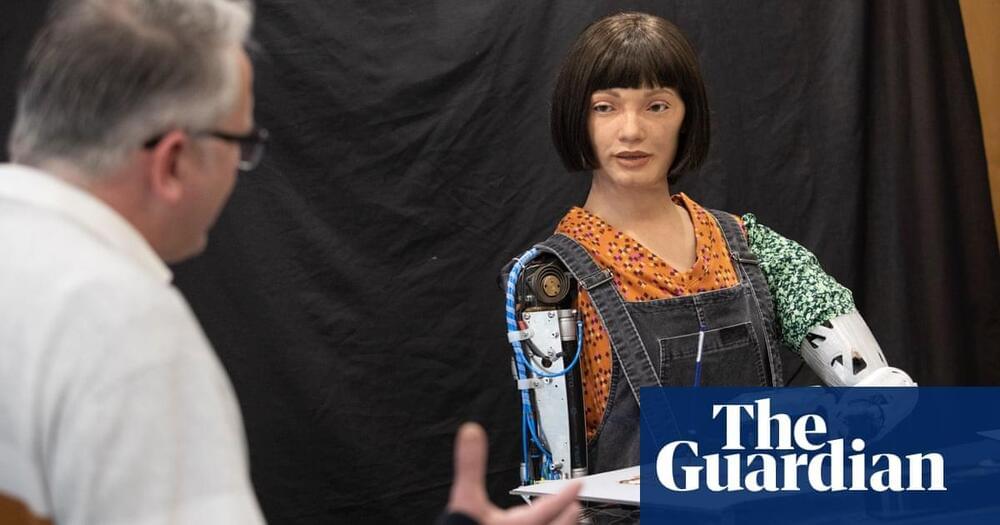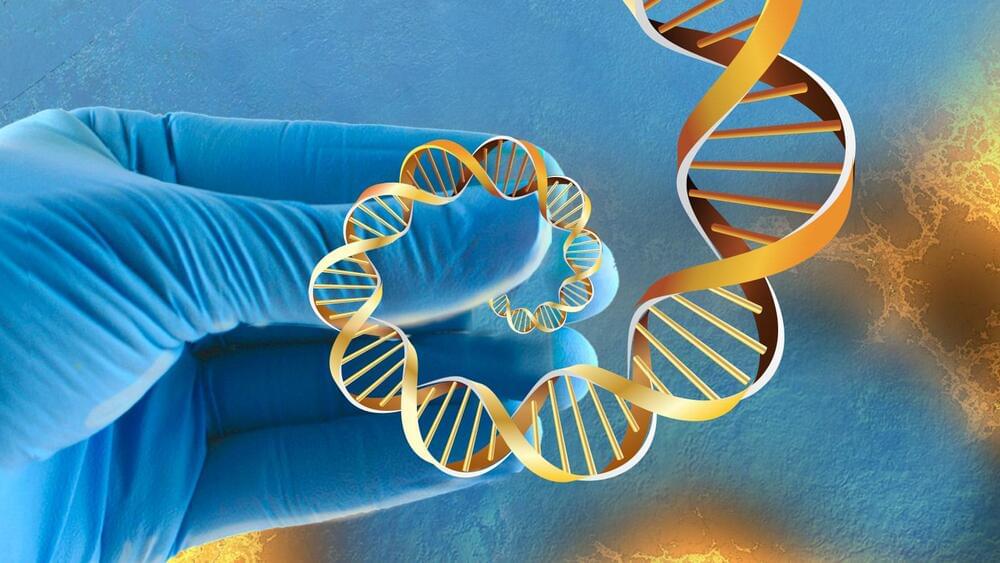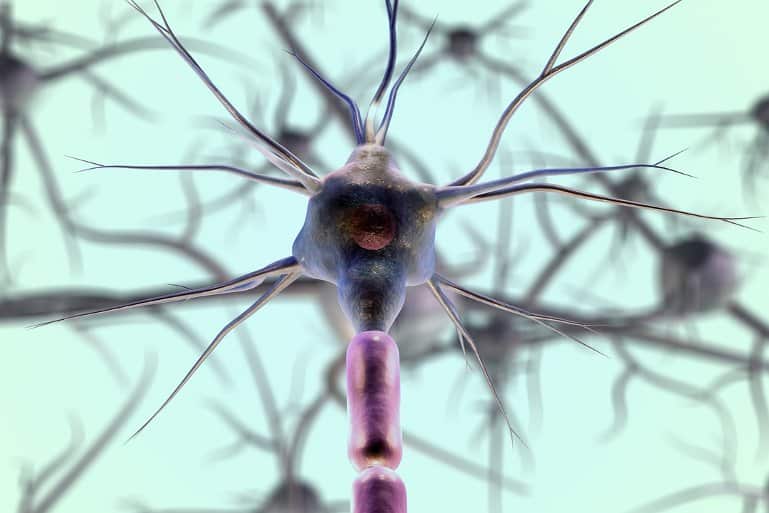Psilocybin is illegal in Canada, but people can apply for exemptions for end-of-life anxiety.
AI algorithms prompt robot to interrogate, select, decision-make to create a painting.



The study also developed an automated diagnostic pipeline to streamline the genomic data— including the millions of variants present in each genome—for clinical interpretation. Variants unlikely to contribute to the presenting disease are removed, potentially causative variants are identified, and the most likely candidates prioritized. For its pipeline, the researchers and clinicians used Exomiser, a software tool that Robinson co-developed in 2014. To assist with the diagnostic process, Exomiser uses a phenotype matching algorithm to identify and prioritize gene variants revealed through sequencing. It thus automates the process of finding rare, segregating and predicted pathogenic variants in genes in which the patient phenotypes match previously referenced knowledge from human disease or model organism databases. The use of Exomiser was noted in the paper as having greatly increased the number of successful diagnoses made.
The genomic future.
Not surprisingly, the paper concludes that the findings from the pilot study support the case for using whole genome sequencing for diagnosing rare disease patients. Indeed, in patients with specific disorders such as intellectual disability, genome sequencing is now the first-line test within the NHS. The paper also emphasizes the importance of using the HPO to establish a standardized, computable clinical vocabulary, which provides a solid foundation for all genomics-based diagnoses, not just those for rare disease. As the 100,000 Genomes Project continues its work, the HPO will continue to be an essential part of improving patient prognoses through genomics.

Summary: Using algebraic topography, researchers have created an algorithm that requires only a few examples to generate a large number of unique cells.
Source: EPFL
EPFL’s Blue Brain Project has found a way to use only mathematics to automatically draw neurons in 3D, meaning we are getting closer to being able to build digital twins of brains.

The battle between artificial intelligence and human intelligence has been going on for a while not and AI is clearly coming very close to beating humans in many areas as of now. Partially due to improvements in neural network hardware and also improvements in machine learning algorithms. This video goes over whether and how humans could soon be surpassed by artificial general intelligence.
–
TIMESTAMPS:
00:00 Is AGI actually possible?
01:11 What is Artificial General Intelligence?
03:34 What are the problems with AGI?
05:43 The Ethics behind Artificial Intelligence.
08:03 Last Words.
–
#ai #agi #robots

We study the question of how to decompose Hilbert space into a preferred tensor-product factorization without any pre-existing structure other than a Hamiltonian operator, in particular the case of a bipartite decomposition into “system” and “environment.” Such a decomposition can be defined by looking for subsystems that exhibit quasi-classical behavior. The correct decomposition is one in which pointer states of the system are relatively robust against environmental monitoring (their entanglement with the environment does not continually and dramatically increase) and remain localized around approximately-classical trajectories. We present an in-principle algorithm for finding such a decomposition by minimizing a combination of entanglement growth and internal spreading of the system. Both of these properties are related to locality in different ways.


Scientists have created synthetic organisms that can self-replicate. Known as “Xenobots,” these tiny millimeter-wide biological machines now have the ability to reproduce — a striking leap forward in synthetic biology.
Published in the Proceedings of the National Academy of Sciences 0, a joint team from the University of Vermont, Tufts University, and Harvard University used Xenopus laevis frog embryonic cells to construct the Xenobots.
Their original work began in 2020 when the Xenobots were first “built.” The team designed an algorithm that assembled countless cells together to construct various biological machines, eventually settling on embryonic skin cells from frogs.

A new method of identifying gravitational wave signals using quantum computing could provide a valuable new tool for future astrophysicists.
A team from the University of Glasgow’s School of Physics & Astronomy have developed a quantum algorithm to drastically cut down the time it takes to match gravitational wave signals against a vast databank of templates.
This process, known as matched filtering, is part of the methodology that underpins some of the gravitational wave signal discoveries from detectors like the Laser Interferometer Gravitational Observatory (LIGO) in America and Virgo in Italy.